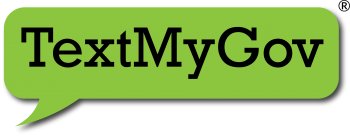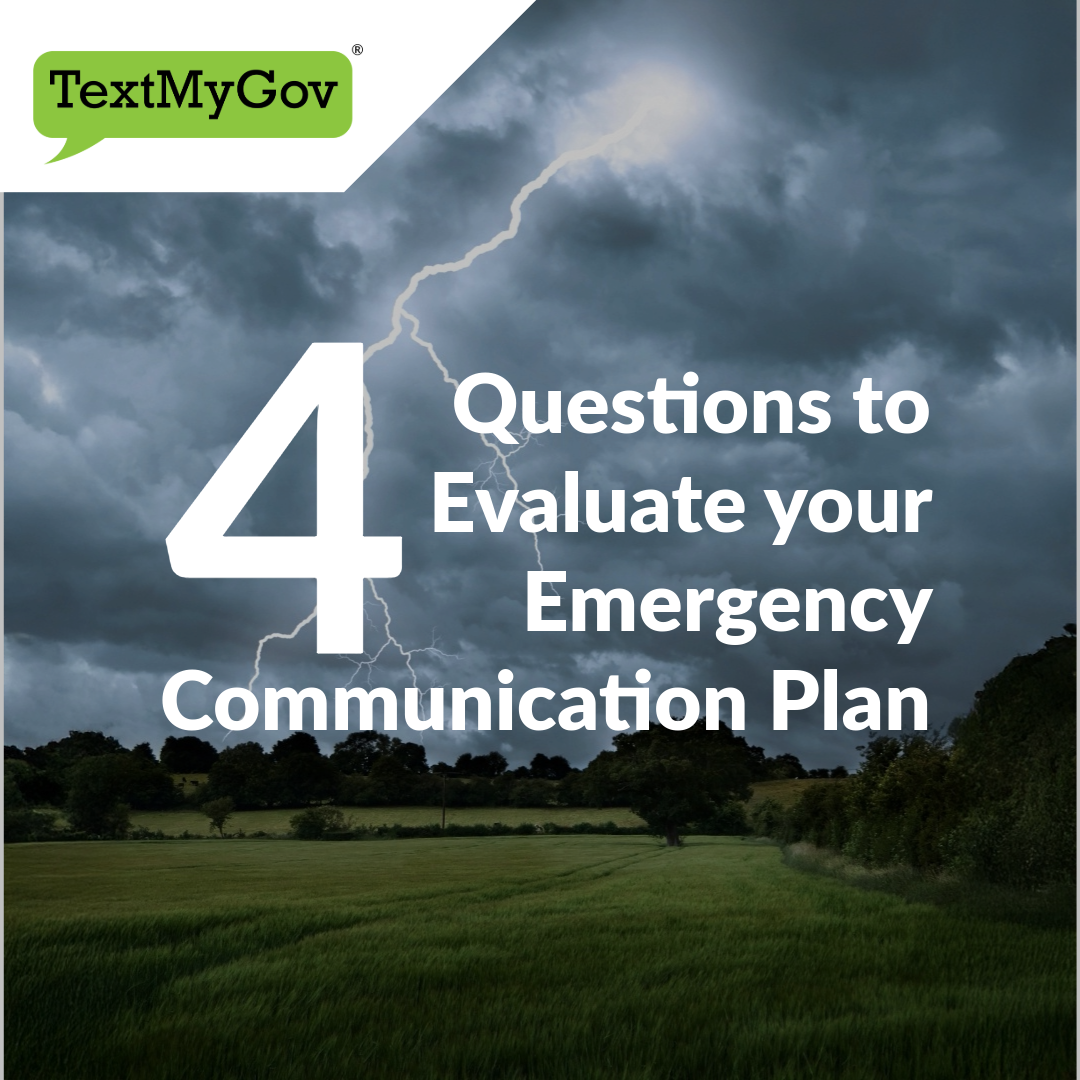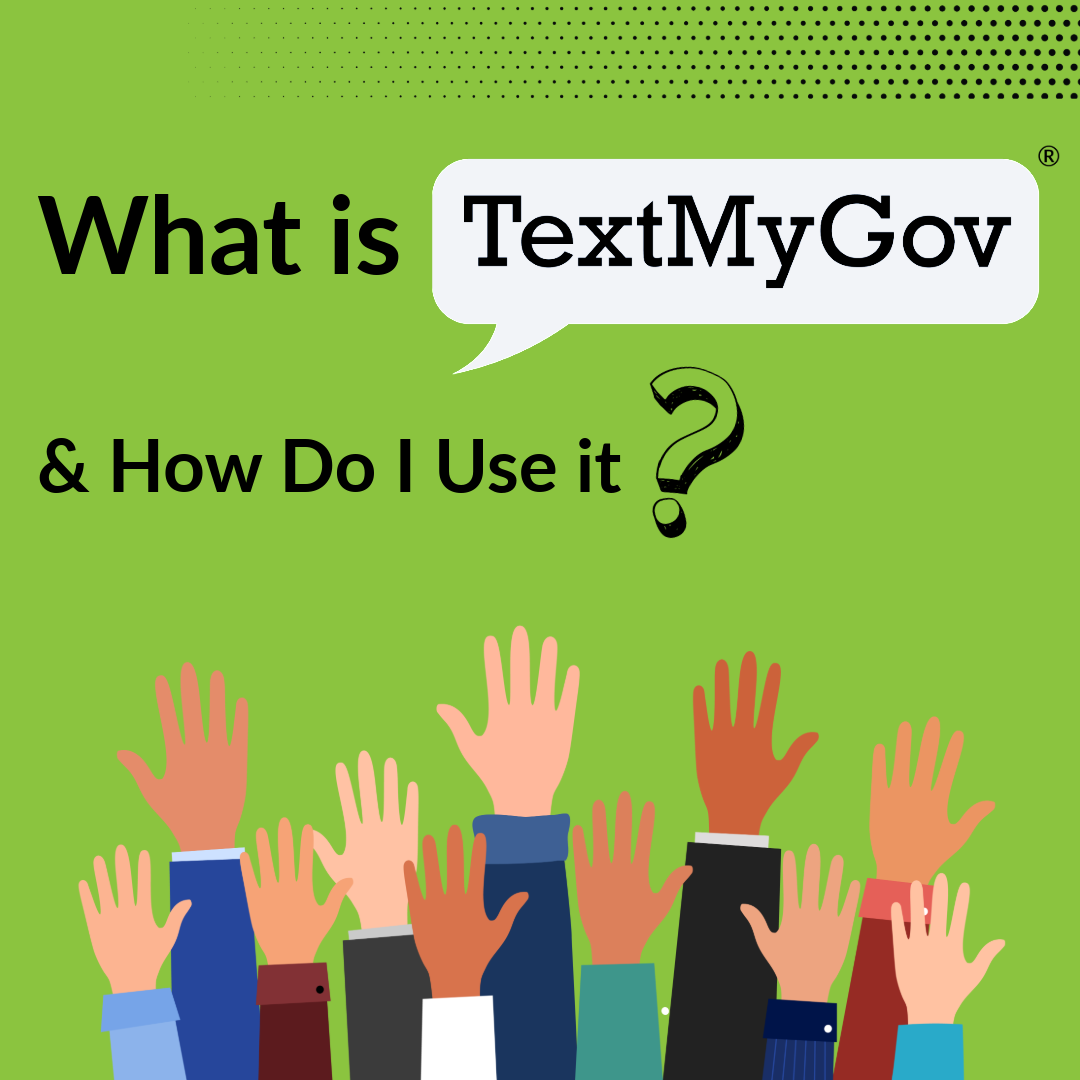
4 Questions to Evaluate Your Emergency Communication Plan
October 15, 2025
Author: Emma Conway, Digital Marketing Specialist
Hurricane season is far from over and winter storm season is rapidly approaching. The time to evaluate your community’s emergency response plan is NOW, long before potential disasters arrive.
The National Weather Service states that “In an average 3-year period, roughly five hurricanes strike the United States coastline, killing approximately 50 to 100 people anywhere from Texas to Maine. Of these, two are typically major hurricanes (winds greater than 110 mph).”
Each year, hurricanes and other late-season storms cause billions of dollars of damage, threatening infrastructure and public safety. High winds, torrential flooding, downed power lines, road closures, and emergency evacuations can bring even the most organized communities to a halt.
And it’s not just coastal areas at risk. Hurricane impacts can reach hundreds of miles inland, triggering flash floods, tornadoes, and widespread damage.
Hurricanes Aren’t the Only Threat
If your area isn’t impacted by hurricanes, it may be affected by winter storms or other severe weather such as tornadoes and flooding.
Winter storms bring cold hazards such as frostbite, hypothermia, wind chills, heart attacks from snow-related heavy labor, and increased car accidents.
In the fall, Tornadoes commonly occur at night and move more quickly than their early-season predecessors. This combination limits the visibility of danger and may reduce the amount of time residents have to react.
As a municipal leader, your ability to respond quickly and clearly can be the difference between confusion and safety. Ask yourself the following questions to measure your preparedness level:
1. Do your residents know where to go for shelter?
2. Can you instantly notify them of road closures or boil-water advisories?
3. Are you equipped to manage post-storm cleanup with minimal confusion?
4. Will your emergency updates reach people if the power goes out?
If you’re unsure about any of these questions, it’s time to strengthen your emergency communications strategy, and TextMyGov’ texting technology can help.
A Smarter Way to Communicate Public Messages
Instantly send mass emergency alerts to residents:
- Provide 24/7 self-service info by enabling keyword text messaging (like “SHELTER” or “FLOOD”)
- Guide residents through emergency response steps
- Reduce call volume and free up staff during a crisis
- Keep people informed through recovery and cleanup
With TextMyGov’s NOAA integration, communities can receive live updates and warnings through the National Oceanic and Atmospheric Administration’s text alert programs. These communications come as government text messages, straight from the source of information to residents’ phones. The responsibility of informing residents of severe weather is shared by both municipal leaders and the National Weather Service, forming an extra layer of defense in a crisis.
Real Story, Real Results
In Nebraska, one community faces damaging tornadoes every year. After a particularly severe weather event, local leaders noticed safety issues and implemented TextMyGov. They needed a way to warn residents to keep the streets clear after tornadoes to allow for electrical repair and debris removal.
The next tornado came. This time, the city used TextMyGov to send text notifications to all citizens in the area. The government warning kept the streets clear and the residents safe. Afterwards, the city received positive feedback from citizens who appreciated being “kept in the loop”. Through this clear communication, the community trusted that officials were responding promptly and responsibly to the disaster.
Let’s make sure you're not just reacting when disaster hits but responding with confidence and control. Contact us today to learn how TextMyGov can help you prepare, respond, and recover from severe weather with one simple text.





